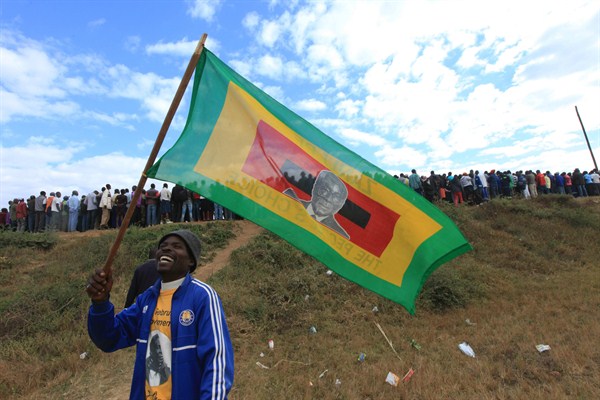Things are not going well in Zimbabwe. Although its economy experienced some recovery in the early part of the 2010s, after nearly a decade of hyperinflation and political violence, it has again hit the skids. In recent weeks, the country has seen the largest street protests in a decade.
Local banks are limiting withdrawals to $100 per day—when they actually have cash. This lack of hard currency has also led to the introduction of restrictions on the imports of many goods, and local storekeepers have said they are unable to pay their suppliers. The export market for natural resources is nearly at a standstill. A multi-year drought, combined with uncertain land tenancy, has further undermined agricultural productivity. Foreign direct investment declined another 23 percent in 2015.
The government has sent a series of confusing signals about its plans to introduce “bond notes” to alleviate the currency crunch, raising questions about whether it is a backdoor effort to reintroduce the Zimbabwean dollar, which was abandoned in 2009 when it was one of the world’s lowest-valued currencies.

